Top Health Wearables: 10 Best Devices to Track Your Wellness in 2025
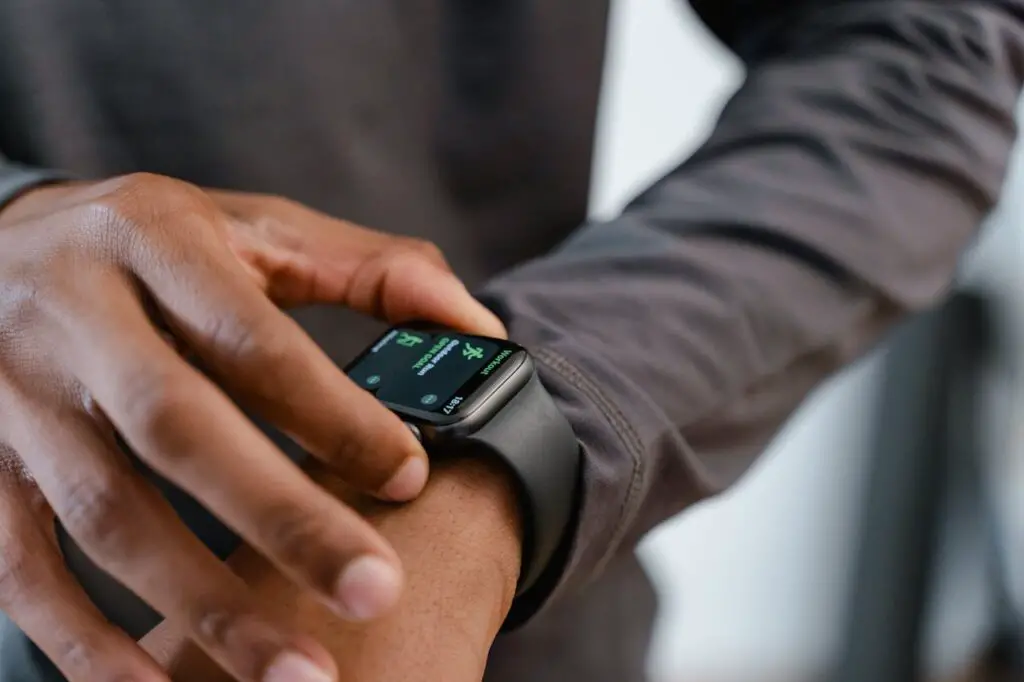
Remember when keeping track of your health meant jotting down your blood pressure in a notebook or clipping a pedometer to your belt? Thankfully, times have changed. Today’s health wearables do more than just count steps—they monitor your heart, track your sleep, measure stress, and even detect falls. For baby boomers looking to stay active and independent, these devices can be a real game-changer. Whether you want peace of mind, motivation to move more, or just a friendly reminder to stand up after an episode of your favorite show, there’s a wearable made for you.
Let’s take a look at the top 10 health wearables in 2025 that are practical, easy to use, and perfect for helping baby boomers stay in control of their wellness.
1. Apple Watch Series 10
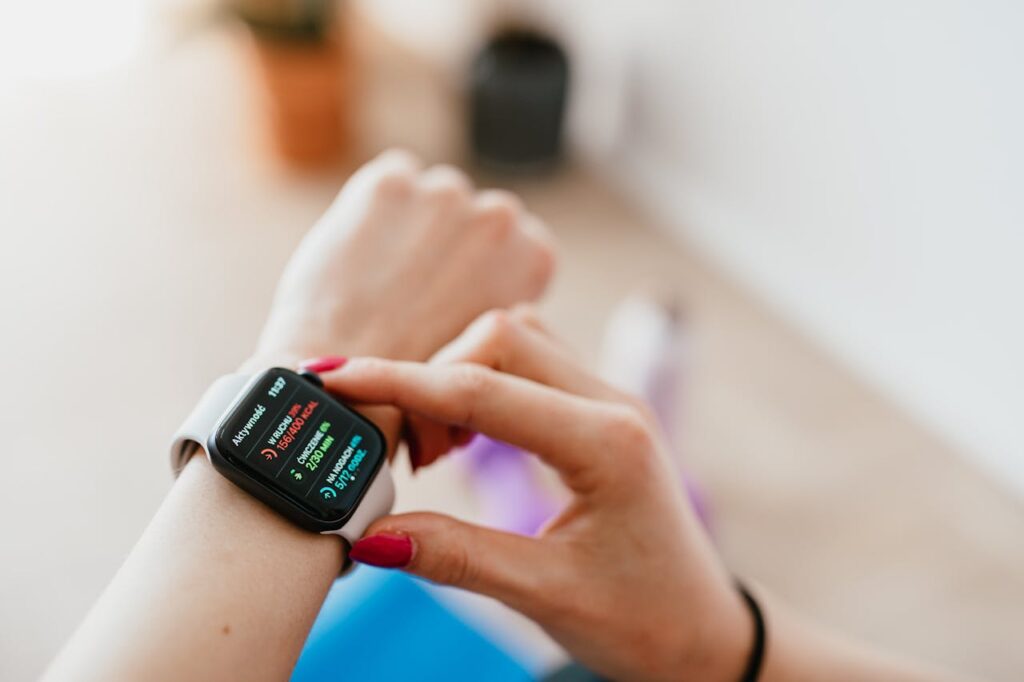
If you use an iPhone, the Apple Watch Series 10 is hard to beat. This sleek, lightweight smartwatch has a bright and easy-to-read screen, even under the sun, making it simple to check your stats at a glance. The Series 10 comes packed with helpful features like heart rhythm and ECG monitoring, sleep apnea detection, fall and crash alerts, and even reminders to move if you have been sitting too long. It is like having a health assistant right on your wrist. For baby boomers, the safety alerts alone can be a lifesaver, while the fitness and wellness tools help keep you motivated every day.
2. Fitbit Charge 6
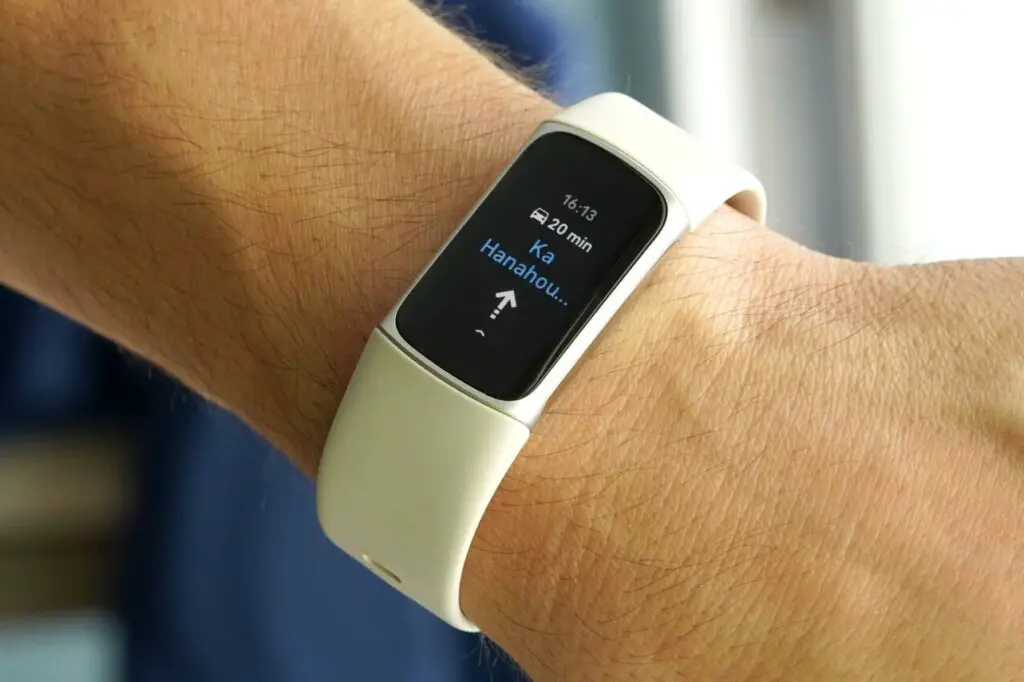
If you like things simple and straightforward, the Fitbit Charge 6 delivers exactly that. This slim band tracks your heart rhythm, sleep, stress, and activity levels with accuracy and ease. One of its biggest perks is the built-in GPS, so you do not need to carry your phone on walks. It also checks for signs of atrial fibrillation, which is especially helpful as we get older. Lightweight and comfortable, the Fitbit Charge 6 is a practical choice for anyone who wants solid health tracking without the bulk or distraction of a full smartwatch.
3. Garmin Vivosmart 5
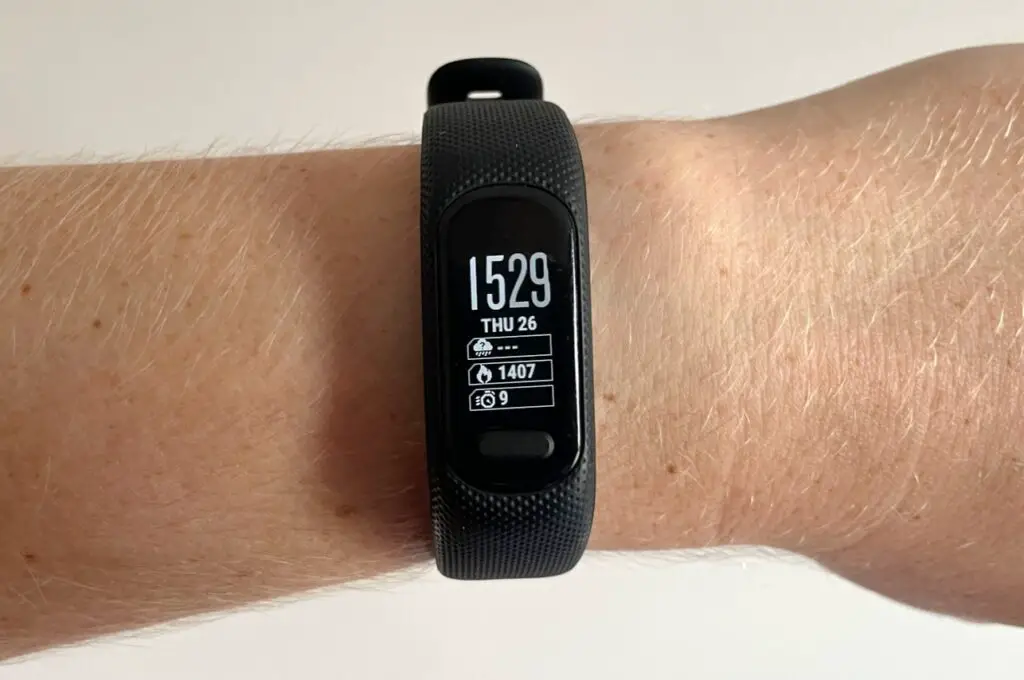
For those who like a no-fuss design, the Garmin Vivosmart 5 is a great fit. It comes with heart rate tracking, blood oxygen monitoring, and sleep insights, along with stress tracking that reminds you to take a breather when life gets hectic. The band also offers guided breathing exercises, which can be a calming way to manage stress. With up to a week of battery life, you can put it on and practically forget about charging it every night. It is slim, comfortable, and easy to read—perfect for boomers who want wellness tools without unnecessary extras.
4. Apple Watch SE (Second Generation)
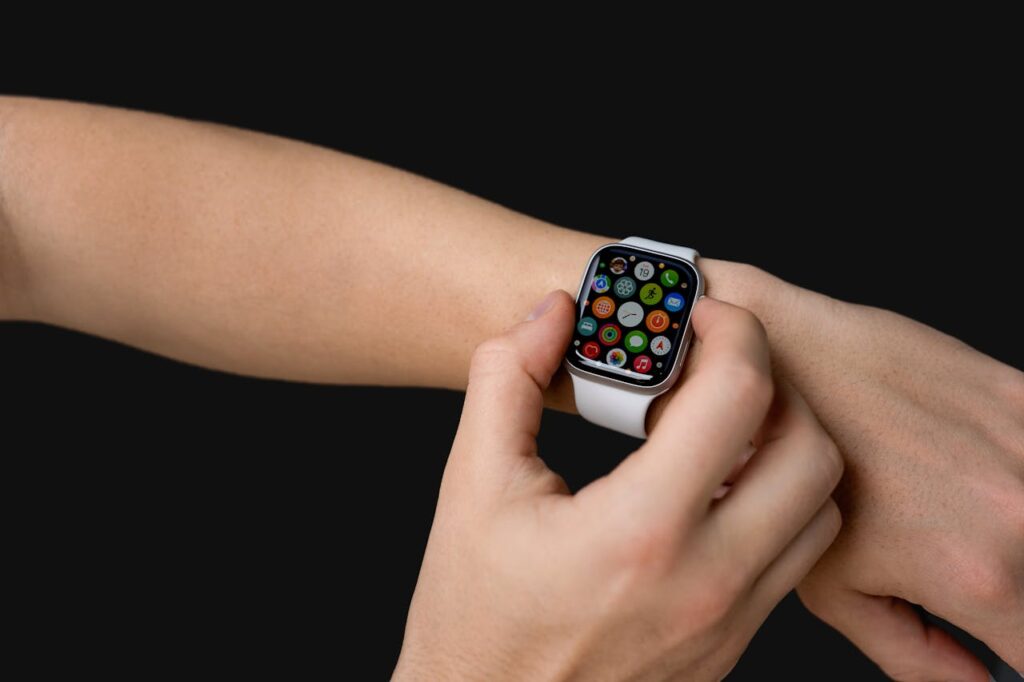
If the Apple Watch Series 10 sounds appealing but you prefer a smaller price tag, the Apple Watch SE (Second Generation) is a fantastic alternative. It offers many of the essentials—heart rate monitoring, fall detection, crash alerts, and fitness tracking—in a sleek, budget-friendly package. The interface is simple to navigate, and the large text makes it easier to read. At around $249, it is one of the best deals for iPhone users who want a powerful health tracker without spending top dollar.
5. Garmin Forerunner 965 or 970
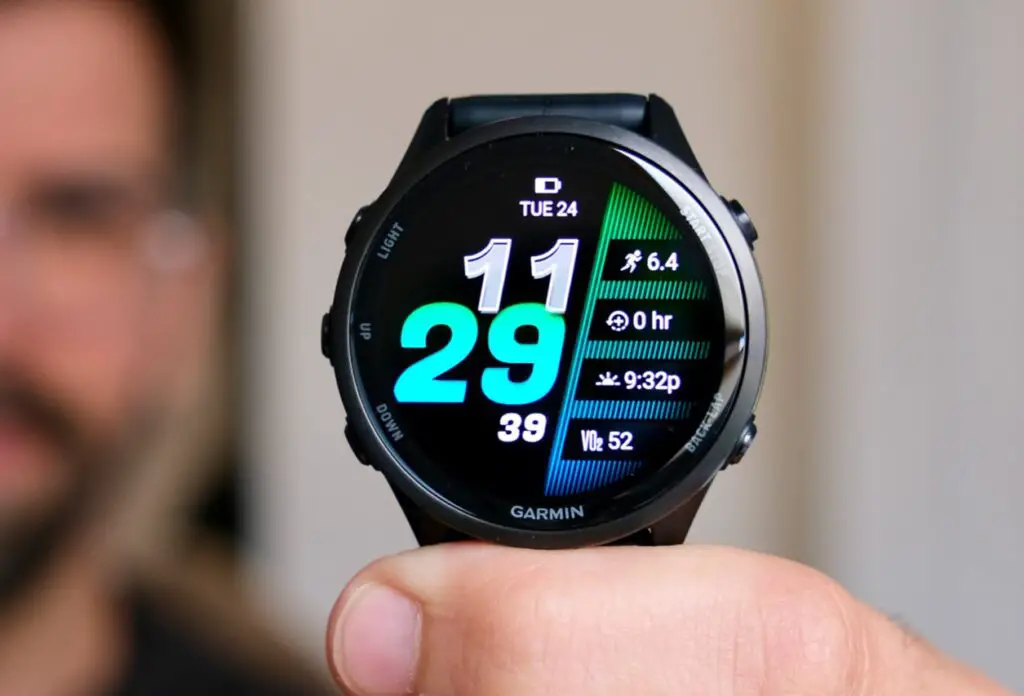
For the baby boomer who loves long walks, hikes, or even light jogging, the Garmin Forerunner 965 and 970 are standout choices. These watches provide highly accurate GPS, heart rate tracking, and advanced fitness metrics like VO₂ max and Body Battery energy levels. While they were designed with runners in mind, their detailed wellness insights and sturdy build make them great for any active boomer who wants to track progress over time. They are also durable enough to handle outdoor adventures, so if you love nature, these could be the perfect companions.
6. Samsung Galaxy Watch 7
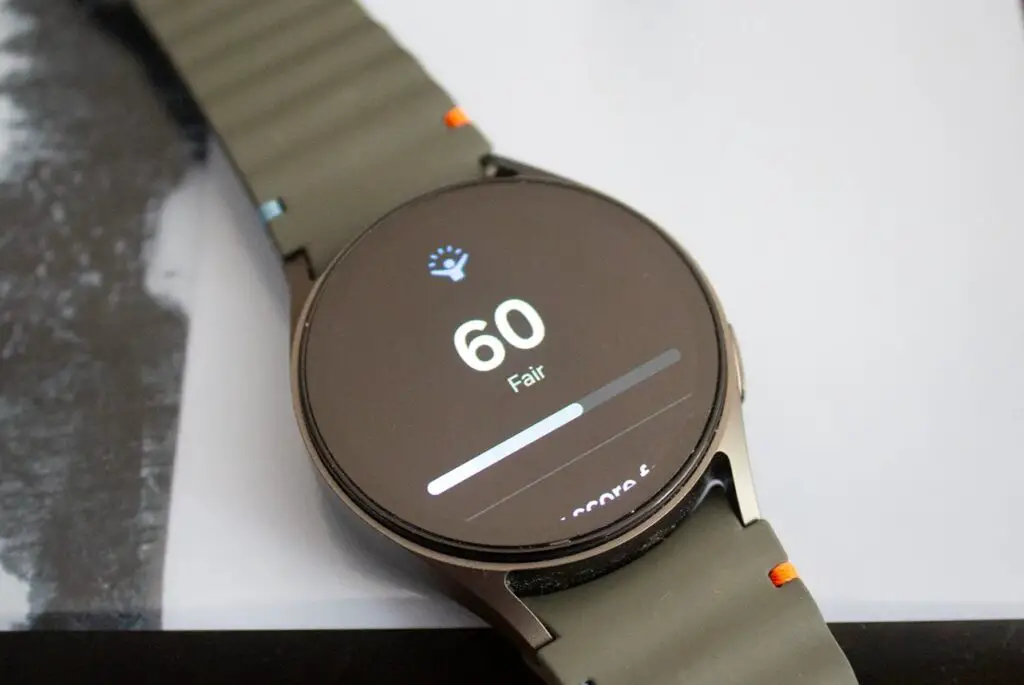
Android users will appreciate the Samsung Galaxy Watch 7, which blends style with powerful wellness features. It offers excellent sleep tracking, heart rate monitoring, and stress measurement, plus artificial intelligence–powered wellness tips to help you make sense of your data. The design looks like a traditional watch, so it feels less like a gadget and more like an accessory. Priced under $300, it is a strong option if you want a balance of looks, affordability, and health tracking.
7. Garmin Instinct 3
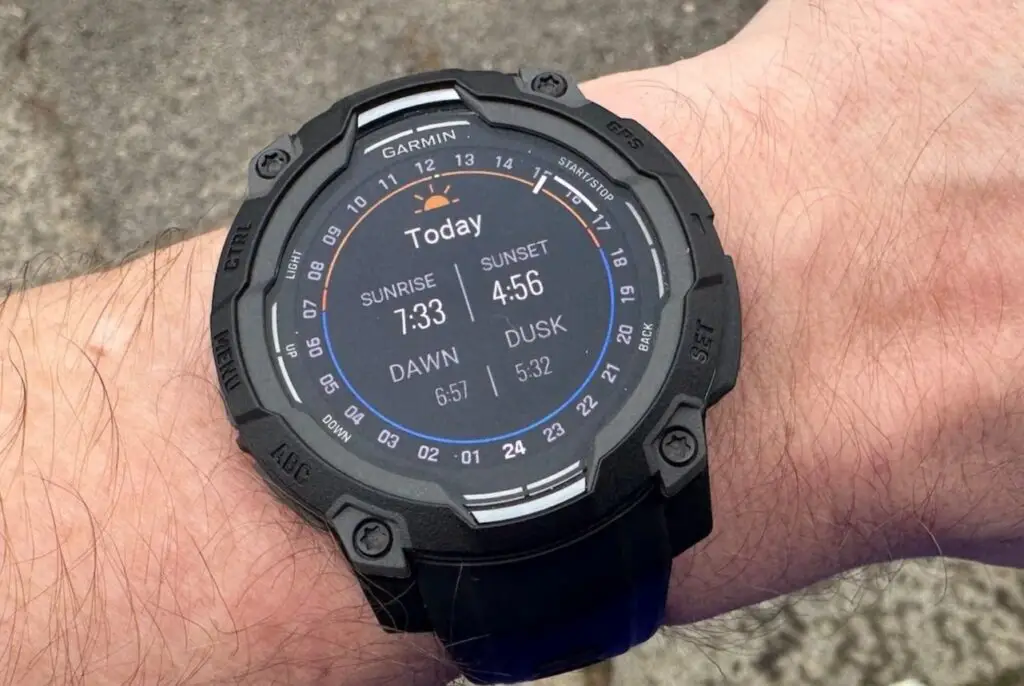
If you are the adventurous type—or simply someone who wants a device that can keep up with gardening, hiking, or daily errands without worry—the Garmin Instinct 3 is worth a look. Known for its rugged design and solar-powered battery life, this wearable is built to last. It includes all the basics such as heart rate, sleep, and GPS tracking. The solar charging means you can often go days without plugging it in, which is a big plus if you are tired of constantly charging gadgets. It is a reliable choice for anyone who values durability and long-lasting power.
8. Oura Ring 4
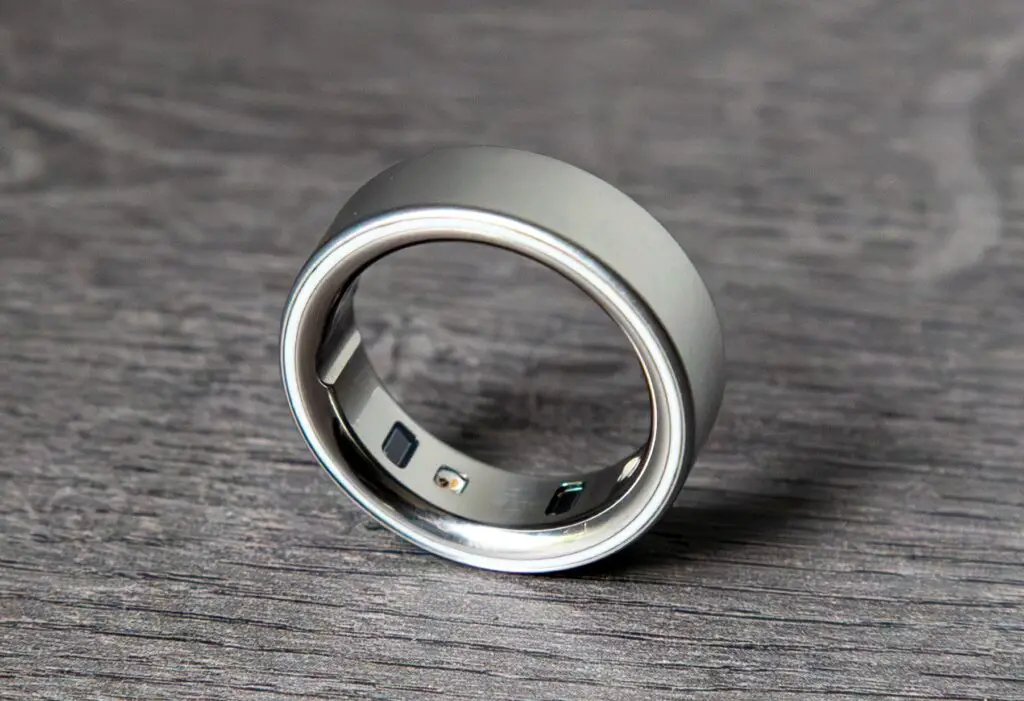
For those who do not love wearing a watch or band, the Oura Ring 4 offers a stylish and discreet solution. This smart ring tracks sleep, stress, heart rate, body temperature, and recovery without taking up space on your wrist. Many people appreciate that it can last up to a week on a single charge. The downside? You will need a subscription to unlock all the detailed insights, but for many, the comfort and accuracy make it worth it. If you prefer subtlety and comfort, this little ring might just win you over.
9. RingConn Gen 2
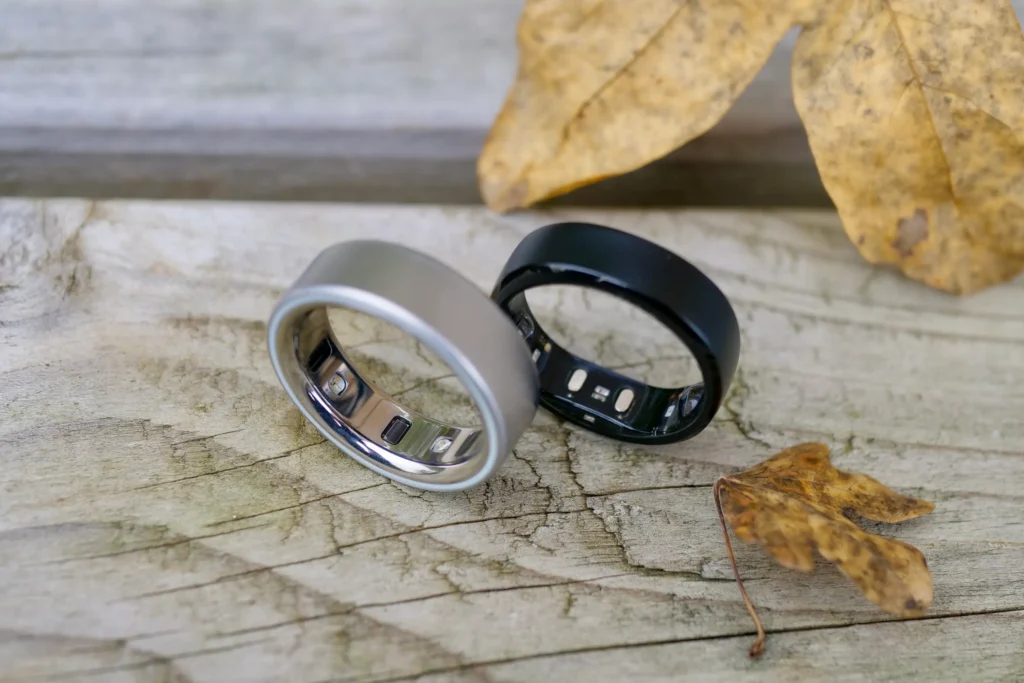
If you like the idea of a smart ring but do not want to pay a subscription fee, the RingConn Gen 2 is a solid alternative. It provides sleep, stress, and heart rate tracking, along with activity monitoring. The portable charging case can keep it powered for up to 12 days on a single charge, and the case itself can recharge it for months without plugging into the wall. While it does not offer all the artificial intelligence analysis of higher-end rings, its practical design and budget-friendly price make it a winner for boomers who value simplicity and savings.
10. Amazfit Bip 3
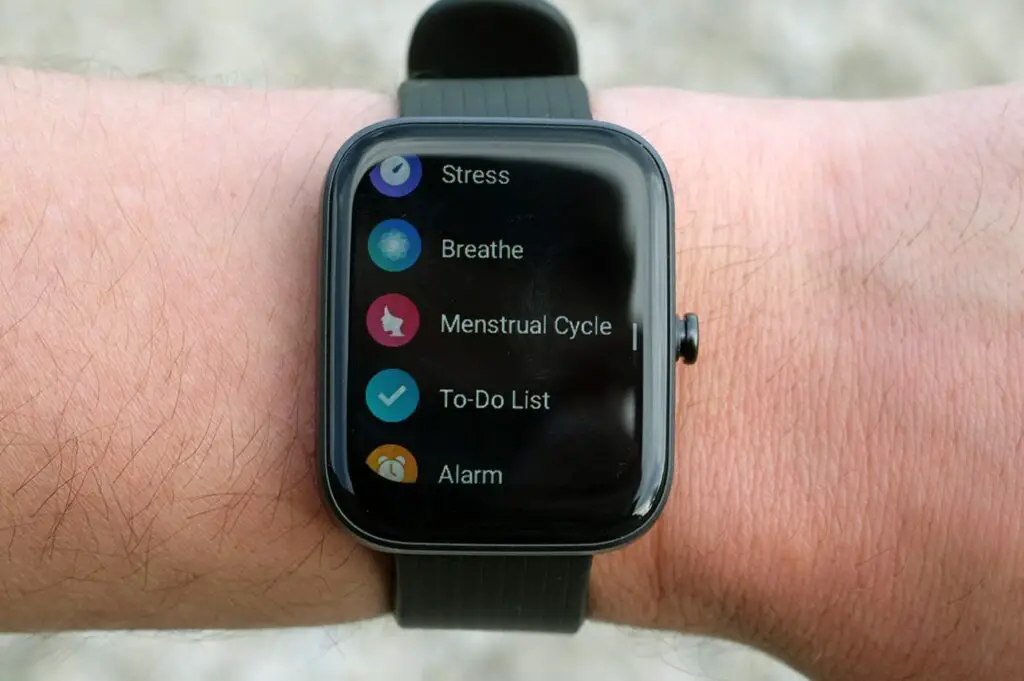
If you are looking for something affordable and easy to use, the Amazfit Bip 3 is tough to beat. At under $45, it provides the essentials: step counting, heart rate monitoring, sleep tracking, and stress measurement. It has a large 1.69-inch display that is easy to read, and its battery can last up to two weeks on a single charge. The Bip 3 proves that you do not need to spend hundreds of dollars to get reliable health tracking. It is especially good for those who are new to wearables and want to dip their toes in without breaking the bank.
Final Thoughts
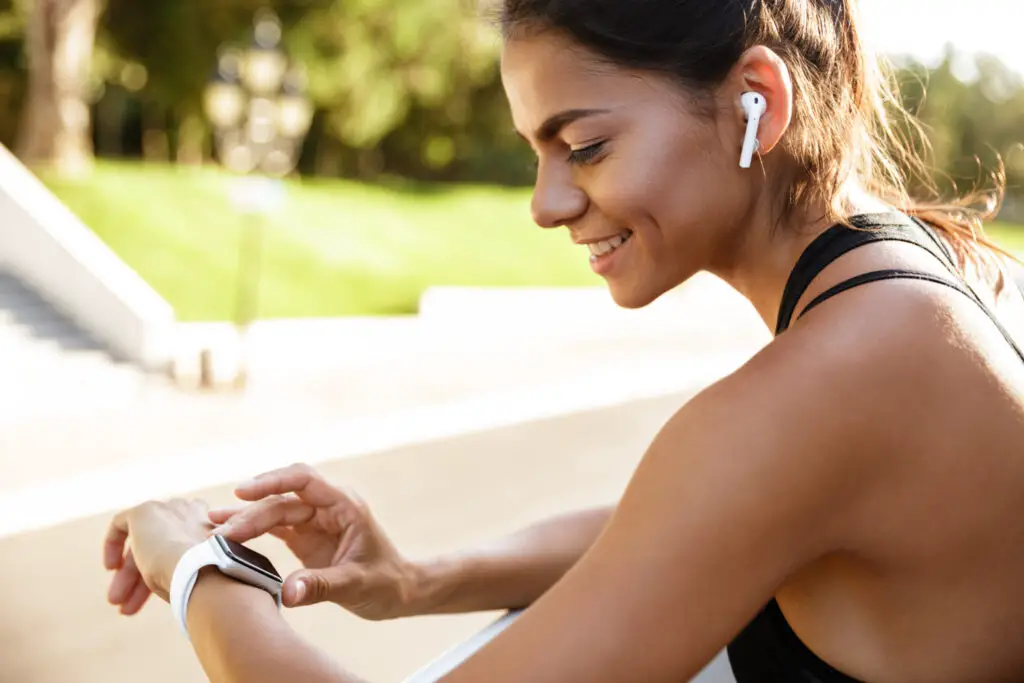
The best health wearable is the one you will actually use every day. Whether you want a sleek smartwatch that can call for help if you fall, a slim band that reminds you to breathe, or a ring that quietly tracks your sleep, there is a perfect fit waiting for you in 2025.
For baby boomers, these devices are not just about numbers—they are about freedom. They help you stay informed, independent, and confident about your health. Imagine heading out for a walk knowing your watch can guide your pace and alert you if something seems off, or slipping on a ring that tells you whether you had a restful night’s sleep. It is about small changes that add up to a healthier, more empowered you.
So take your pick, charge it up, and let your new wellness companion help you make the most of every day. Because in 2025, staying healthy has never been more convenient—or more stylish.
Leave a Reply